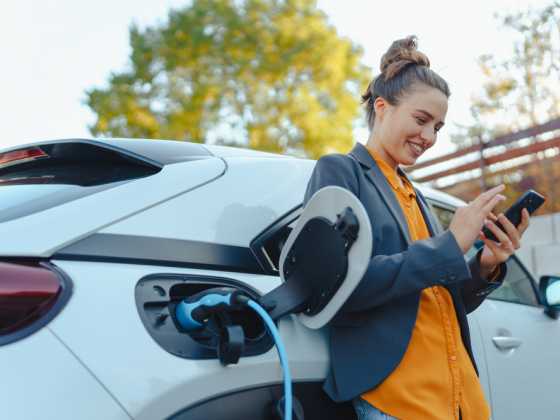Capital's air quality measures will benefit poorest Londoners the most

A new report looking at how air-quality improvement measures will impact Londoners has been released and shows that people in the poorest areas of London will benefit the most.
People living in the capital’s most deprived areas are, on average, exposed to about a quarter more NO2 pollution. The report, commissioned by City Hall and carried out by air quality and climate change emissions consultants Aether, shows that the Mayor’s air quality measures would help improve air quality so that the difference would narrow considerably, with the gap reduced by 71 per cent by 2030 - from 7.55 µg/m3 in 2013 to 2.23 µg/m3.
The research reveals children from some of the poorest backgrounds will benefit the most from the Mayor’s bold measures to tackle air quality. A previous Aether study found of the schools in the highest polluting areas of London around 80 per cent were defined as being ‘deprived’.
The report predicts that as a result of the Mayor’s action, no schools in the capital will be exposed to illegally high levels of air pollution by 2025.
The number of primary schools in areas exceeding legal limits for harmful NO2 is projected to drop dramatically from 371 in 2013 to just four in 2020, while the number of secondary schools is expected to fall from 82 in 2013 to only one in 2020, with no schools at all in high polluting NO2 areas by 2025.
The report also looked at the exposure of different ethnic groups. Areas of London where people from mixed or multiple ethnic groups were more likely to live were also more likely to have higher levels of NO2, whereas those areas where white residents were more likely to live were more likely to have lower concentrations. Mainly as a result of the Mayor's tough measures, including ULEZ, the difference in exposure between these areas is expected to reduce by 85 per cent.
One of the measures include the Ultra Low Emission Zone, launching in the central London congestion zone on 8th April and expanding to the North and South circular in October 2021. It will play a significant part in achieving these improvements by removing the most polluting vehicles from the areas of poorest air quality.



